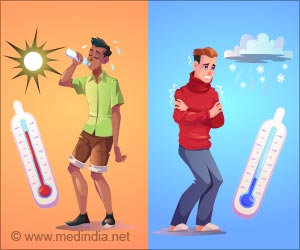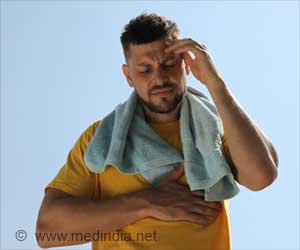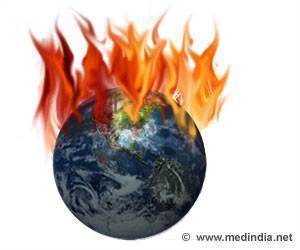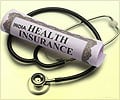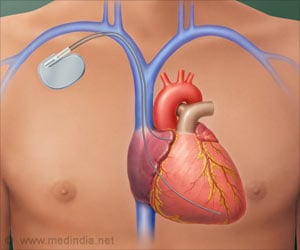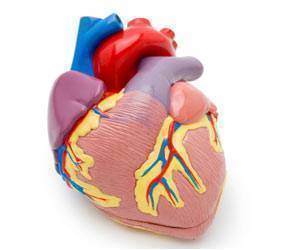Cardiac deaths significantly rise during compound heatwaves, with specific heart conditions more vulnerable to heatwave intensity and duration.

Nonlinear Relation Between Cardiac Mortality and Excess Temperature in Heatwaves: Exposure Response in 2.39 Million Patients
Go to source). The study emphasizes the special risks of compound heatwaves and potential nonlinear relationships between different heatwave types and cardiac mortality. It finds that previous studies using traditional binary definitions—without accounting for different types of heatwaves and their cumulative heat load—may have underestimated this risk by as much as 54%. The findings could help improve clinical guidelines for cardiovascular patients and could also be used to improve public health adaptations to climate change, researchers said.
‘Did You Know?
As climate change continues to worsen, if no adaptation is undertaken, the heat-related excess mortality is expected to almost triple between 2030 and 2050. #medindia #climate #heat’





As climate change continues to worsen, if no adaptation is undertaken, the heat-related excess mortality is expected to almost triple between 2030 and 2050. #medindia #climate #heat’
Advertisement
Limitations of Traditional Heatwave Definitions
“Compound heatwaves impose a significantly higher risk to cardiac health than either daytime-only or nighttime-only heatwaves,” said coauthor Renjie Chen, Ph.D., of Fudan University. “Traditional heatwave definitions fail to capture the full scope of these risks.”Previous research has found a link between short-term exposure to heatwaves and an increase in heart disease mortality using conventional binary definitions, but the shape of the risk curve and the role of different heatwave patterns were not well understood.
Advertisement
Introducing a New Metric: Excess Cumulative Temperatures in Heatwaves
For the new study, researchers analyzed data for nearly 2.4 million heart disease deaths across mainland China over six years. They compared deaths across daytime-only, nighttime-only, and day-night compound heatwaves and introduced a new metric for measuring heatwave impact called Excess Cumulative Temperatures in Heatwaves, or ECT-HW.“Unlike traditional binary indicators, ECT-HW captures the full spectrum of heatwave characteristics, including intensity, duration and timing within the season,” Chen explained. This provides more precise risk assessment, especially for high-intensity, high-duration and compound heatwaves.
Steady Increase in Mortality Risk with Compound Heatwaves
Researchers found that the mortality risk associated with compound heatwaves increased steadily with exposure, without a clear threshold. Daytime-only and nighttime-only heatwaves displayed nonlinear patterns, with effects emerging only beyond specific thresholds and plateauing at moderate intensities.They also found that risk was not equal across different heart disease subtypes. Sudden cardiac arrest, acute myocardial infarction and heart failure were especially sensitive to compound heatwaves, while pulmonary heart disease only showed elevated risk under high-intensity exposures.
Conventional studies of heatwave deaths that look only at whether a heatwave is present or not significantly underestimate mortality risks, they said.
The findings have several clinical and public health implications, Chen said.
Adapting Early Warning Systems for Heart Patients
Since different types of heatwaves affect cardiac conditions differently, prevention measures should consider heatwave type and intensity. In addition, given their higher impact, compound heatwaves should be explicitly considered in risk assessment and early warning systems for cardiovascular patients.The findings also highlight the importance of urban heat mitigation strategies, such as cooling shelters and improved housing infrastructure to protect vulnerable populations.
“As climate change accelerates, the shifting and emerging heatwave exposure pattern demands better metrics and targeted interventions,” Chen said. “Given the increasing frequency and intensity of compound heatwaves due to climate change, our findings highlight the need for disease-specific prevention strategies and revised public health guidelines to better protect at-risk populations.”
Next, the team is planning follow-up research, including studies to project the future burden of heatwave-related cardiac mortality under different climate change scenarios.
The study, “Nonlinear Relation between Cardiac Mortality and Excess Temperature in Heatwaves: Exposure Response in 2.39 Million Patients,” was published in JACC.
Reference:
- Nonlinear Relation Between Cardiac Mortality and Excess Temperature in Heatwaves: Exposure Response in 2.39 Million Patients - (https://www.sciencedirect.com/science/article/abs/pii/S0735109725003390?via%3Dihub)
Source-Eurekalert


